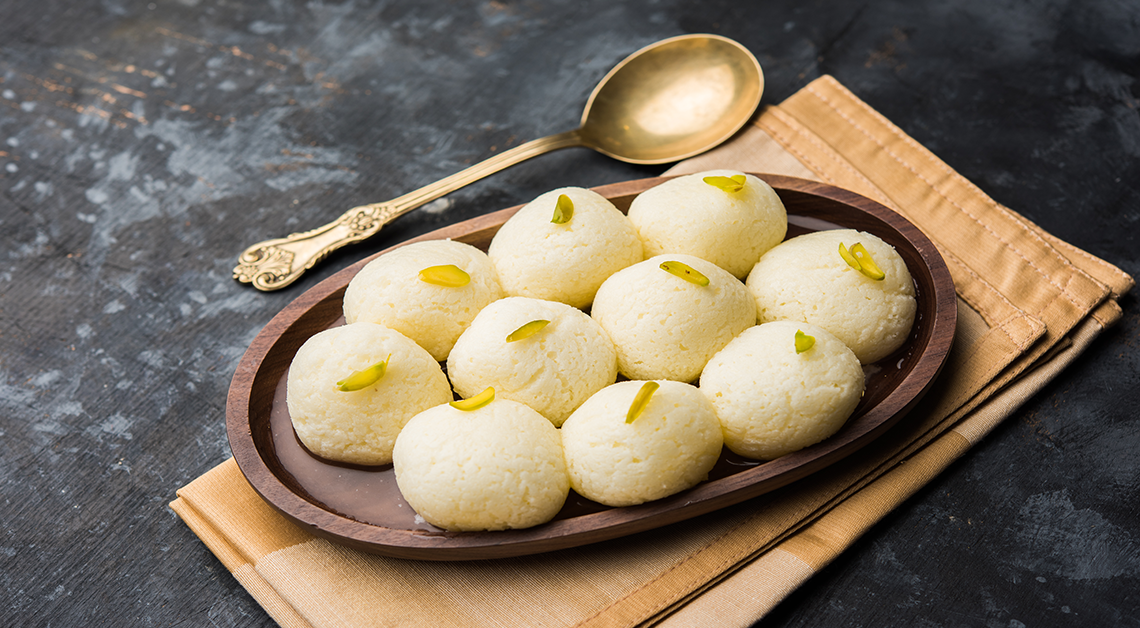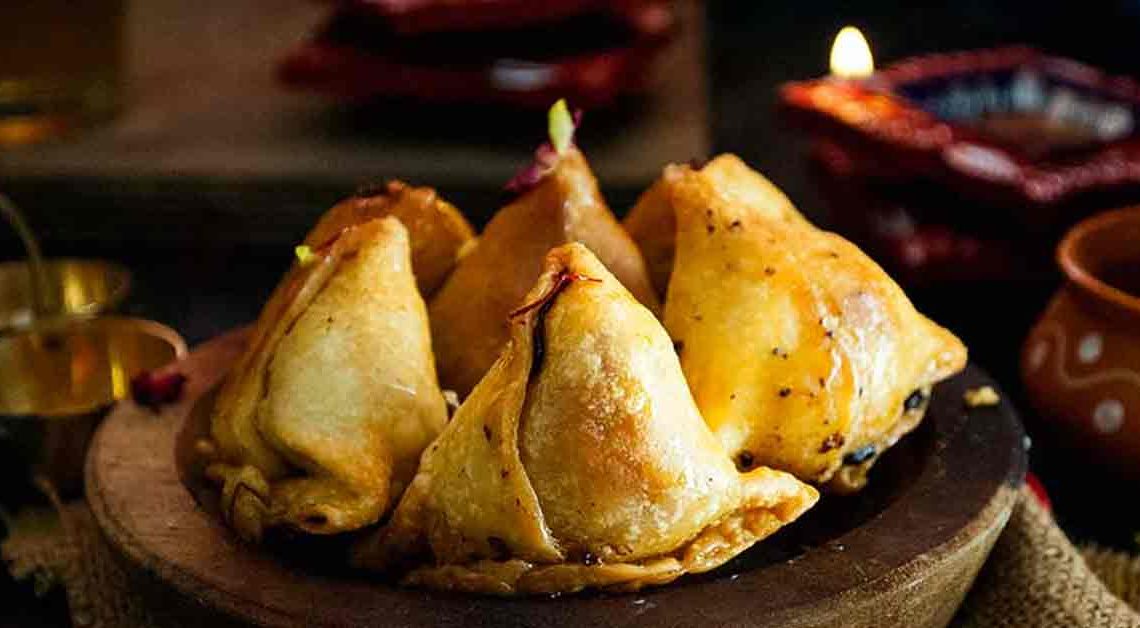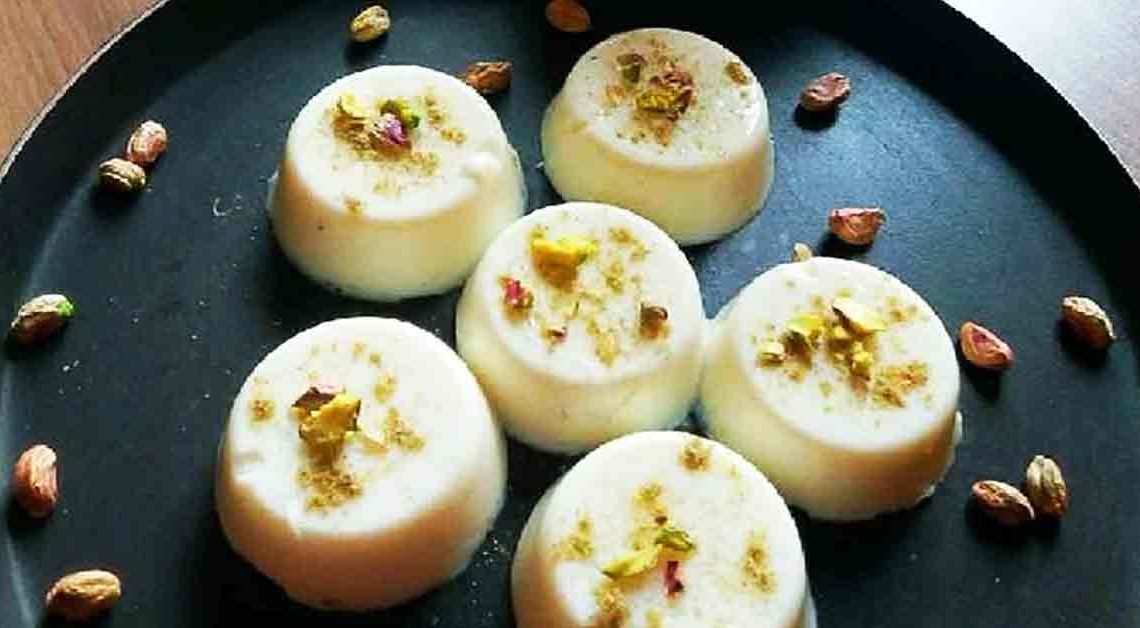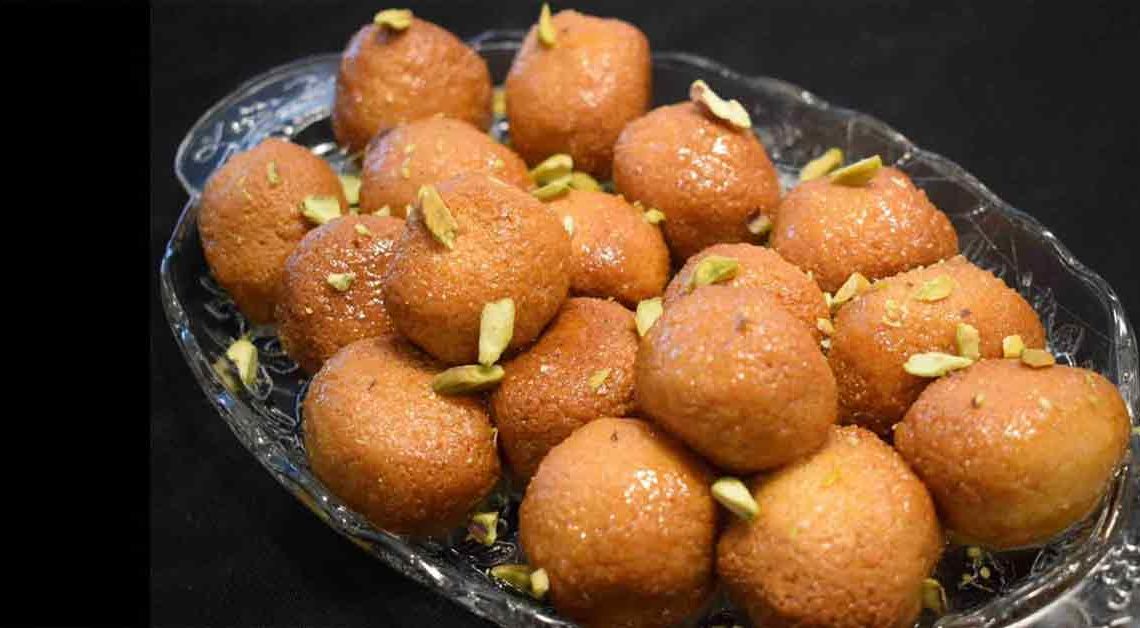The Rasgulla Mystery: A Tale Of Two States On Its Origin

Rasgulla, the iconic sweet treat from Eastern India, is a mouthwatering delicacy that has won hearts all over the world. Soft and spongy, with a touch of sweetness, this dessert is the perfect way to end a hearty meal.
Despite its simple ingredients of chenna (cottage cheese) and sugar syrup, the art of making perfect rasgullas is a craft that requires skill and patience. From the right temperature of the sugar syrup to the precise consistency of the chenna, every step of the process is crucial to achieving the perfect texture and taste.
In this blog, we will explore the history, culture, and science behind the rasgulla, as well as share tips and tricks for making this beloved dessert at home. Get ready to indulge in the world of rasgulla!
Origin of Rasgulla
The origin of Rasgulla is a matter of debate, and there are different theories about its invention. According to one theory, it was invented in the Puri temple in Odisha during the 12th century. The temple priests wanted to create a sweet that would please Lord Jagannath, who was known for his love of sweets. They mixed chenna (curdled milk) with semolina, shaped the mixture into small balls, and boiled them in sugar syrup. The result was a soft, spongy, and delicious sweet that became an instant hit among the devotees.
Another theory suggests that Rasgulla was invented by Nobin Chandra Das, a famous sweet maker from Kolkata, during the late 19th century. Das experimented with different ingredients and techniques to create a new sweet that would rival the popular sweets of Bengal. He eventually came up with the recipe for the sweet, which was a huge success and became a symbol of Bengali identity.
History of Rasgulla
Rasgulla has a rich and fascinating history that is closely linked to the culture and traditions of India. In the past, sweets were a luxury item and were only enjoyed by royalty and the wealthy. However, with the advent of modern technology and mass production, sweets became more affordable and accessible to the common people.
It became popular in the 19th century when it was introduced in Kolkata by Nobin Chandra Das. He opened a sweet shop in Bagbazar and started selling his new creation, which quickly became a sensation among the locals. Das’s Rasgulla was different from the traditional Odisha Rasgulla in that it was softer, lighter, and more delicate. He used fresh cow milk and added a pinch of semolina to the chhena to make it more tender. He also boiled the Rasgulla in a large pot of water to give it a fluffy texture.
The popularity of Rasgulla continued to grow, and it soon became a staple dessert in Bengali cuisine. It was served at weddings, festivals, and other special occasions, and was also sold by street vendors and sweet shops across Kolkata. It was also introduced to other parts of India and became popular in states like Uttar Pradesh, Bihar, and Jharkhand.
Cultural Beliefs Related to Rasgulla
Rasgulla has a significant cultural significance in many parts of India. It is a popular dessert during festivals and special occasions, and it is often offered as a prasad (offering) in temples. In Odisha, it is an essential part of the Chappan Bhog, a platter of 56 dishes that are offered to Lord Jagannath during the Rath Yatra festival.
In West Bengal, rasgulla is an integral part of Bengali cuisine, and it is often served during special occasions like weddings and festivals. It is also a popular dessert during Durga Puja, the biggest festival in West Bengal. It has become so popular in West Bengal that it has become the state’s official sweet.
Where is Rasgulla Famous?
Rasgulla is famous all across the Indian subcontinent and is widely enjoyed by people of all ages. The sweet is especially popular in the eastern states of India, such as West Bengal, Odisha, and Assam. In these states, It is an essential part of the local cuisine and is often served as a dessert after meals.
Rasgulla has also gained popularity in other parts of India and has become a favorite among sweet lovers. The sweet is available in most sweet shops and bakeries across the country and is often served during weddings, birthdays, and other special occasions.
In recent years, Rasgulla has also gained a global following and is widely enjoyed in countries such as the United States, Canada, and the United Kingdom. Sweet has become a popular dessert item in Indian restaurants around the world, and many people have even attempted to make the sweet at home.
Interesting Facts and Trivia related to Rasgulla
- It is a popular Indian sweet that originated in the eastern state of Odisha.
- It is also known as Rosogolla in Bengali, which is the preferred term in West Bengal, another Indian state where the sweet is widely popular.
- The word “rasgulla” is derived from two Hindi words, “ras” meaning juice and “gulla” meaning ball.
- It is made from chhena, which is a type of cottage cheese made by curdling milk.
- The balls of chhena are boiled in a syrup made from sugar and water until they become spongy and absorb the syrup.
- The traditional way of making the sweet involves kneading the chhena and rolling it into small balls before boiling.
- The modern method of making the sweet involves using a food processor or blender to make the chhena, which makes the process quicker and more efficient.
- It is traditionally served chilled and garnished with chopped nuts or grated coconut.
- The sweet is often served on special occasions and festivals, such as Diwali, Holi, and Raksha Bandhan.
- In 2015, it was granted a Geographical Indication (GI) tag by the Indian government, which recognizes it as a product that originates from a particular region and has unique qualities and characteristics.
- The GI tag for the sweet was a subject of controversy between the states of Odisha and West Bengal, both of which claimed to be the place of origin of the sweet.
- According to popular legend, it was invented by a confectioner named Nobin Chandra Das in Kolkata (then Calcutta) in the late 19th century.
- However, there are also claims that it was first made in Puri, a city in Odisha, several hundred years ago.
- The debate over the origin of the sweet has led to the creation of two different types of the sweet, the Odisha style and the Bengali style, each with its own unique characteristics.
- The Bengali-style rasgulla is lighter in color and has a firmer texture than the Odisha-style one.
- It is also popular in other countries, particularly in South Asia and Southeast Asia.
- In Nepal, it is known as “rasbari” and is served with syrup made from condensed milk and cardamom.
- In Bangladesh, it is known as “Roshogolla” and is considered a national dish.
- In Pakistan, it is known as “Gulab Jamun” and is served in a syrup flavored with rose water.
- It is a relatively low-calorie sweet, with a single piece containing approximately 100 calories.
- It is a good source of protein and calcium, thanks to the cottage cheese used to make it.
- It is believed to have medicinal properties and is often used in Ayurvedic medicine to treat digestive problems and other ailments.
- The world’s largest rasgulla was made in 2017 in West Bengal and weighed 9.5 kilograms.
- In 2018, the Odisha government declared 30th July as “Rasagola Dibasa” to celebrate the day when Odisha won the GI tag for the sweet.







